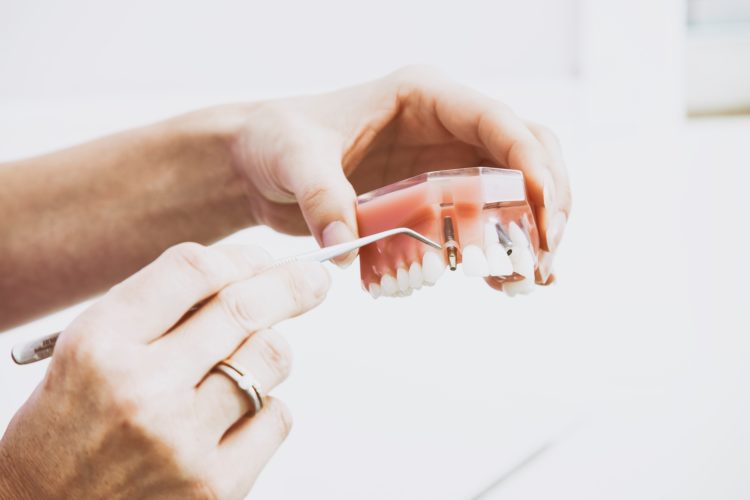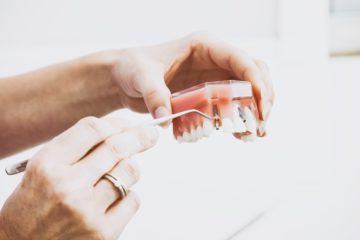Understanding Mini Dental Implants

As popular as dental implants have become over the past several decades, there has been one variation of this treatment that is somewhat overlooked: mini implants. Mini implants, as the name implies, represent the same treatment concept as traditional implants, albeit on a smaller scale. Like traditional implants, mini implants have specific cases in which they are most suited. Let’s examine the main differences between the two.
Size
To be clear, the term “implant” refers only to the post that is inserted into the jaw bone, not the crown and other apparatuses themselves. A traditional implant ranges in size from 3 to 6 mm in diameter, whereas mini implants are roughly half that size and 10 to 15 mm in length.
Case Selection
Mini dental implants were designed to meet the needs of patients who can benefit from implants but are not good candidates for the traditional variety. As such, mini implants are often indicated for patients who have deficient bone volume or density—a prerequisite of traditional dental implants. What this means is that patients with little bone structure can not only benefit from implant treatment, they can usually do so without and surgeries for altering the jaw or sinus.
Treatment Options
Mini dental implants are often used to create implant-supported dentures for patients with little or no bone left. This type of denture is especially beneficial on the lower arch, where stability and strength of the denture are often highly compromised. Another interesting characteristic of mini dental implants is that they do not utilize what is known as an “abutment.” An abutment is a component that connects a traditional dental implant with the crown that goes on top of the implant. Mini dental implants attach to their crowns directly, without the use of an abutment.
If you are missing teeth and have been told that you are not a good candidate or dental implants, mini implants may be the right treatment for you. Talk to your dentist about how you can benefit from this cutting edge dental technology.






No Comment